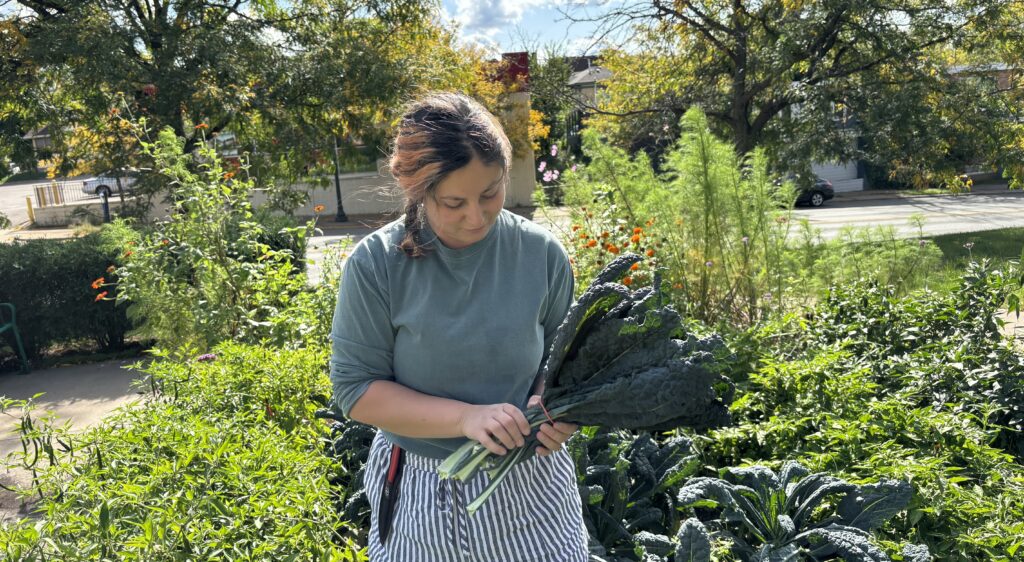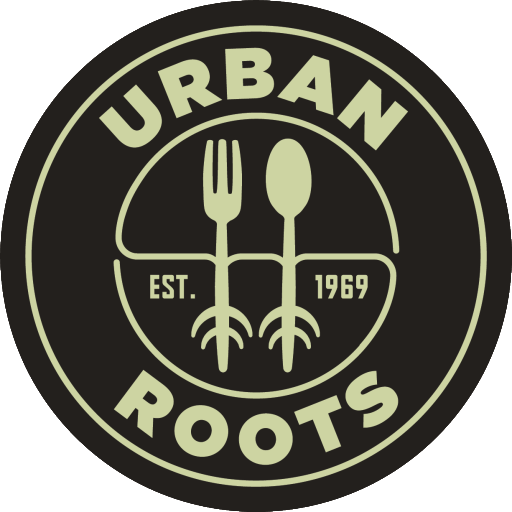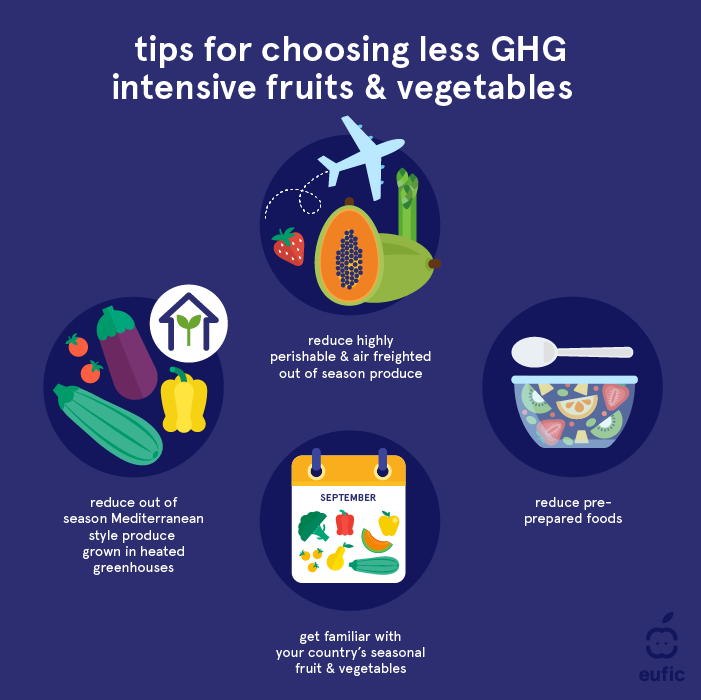Slow and Steady: Alternative Consumption of Food and Flowers

Written by Megan Myers, Community Stewardship Facilitator with AmeriCorps’ Climate Impact Corps program
Slow and steady wins the race- or at least, that’s how the old saying goes. However, our culture of fast food, fast fashion, and fast, well, life would suggest otherwise. In 2024 America it’s pretty simple to get what you want, when you want it- even if when we want it defies nature. Where once people had to wait for their seasonal favorites (“peaches in the summertime and apples in the fall” as the song goes), we can now delight in these foods year round. As much as I love having fresh guacamole in the winter, this lifestyle of always having access to seasonal and non-local foods is proving to be a massive strain on the environment. All stages of the supply chain (growing, harvesting, storing, transporting, etc.) contribute to a food product’s carbon footprint. The further a food has to travel to reach its final destination, the greater the food’s carbon footprint in the transportation department. Having peaches during a Minnesota winter adds to a peach’s carbon footprint in both transportation and storage as the producers and grocers exert vast amounts of energy to keep fresh produce appearing fresh by the time they hit grocery stores. Researchers estimate that about 26% of global greenhouse gas emissions (GHG) come from the global food system. Generally, fruits and vegetables can have as much as 10-50 times less greenhouse gas emissions than animal products like beef and dairy, but there are still ways that we can lower our personal footprint when buying produce.
What is the Slow Food Movement?
Originating in Italy in 1989, the Slow Food Movement has become a global movement that boasts over 1,500 chapters in more than 150 countries. Its millions of members (many of which are chefs, farmers, fishermen, producers, activists, and academics) aim to promote sustainable local food systems.
The goals of participating slow food movement operations are to:
1) provide a fresh and seasonal diet built from local ingredients and culturally relevant recipes,
2) not follow processes of food production and consumption that harm the environment, animal welfare, or human health, and
3) provide just conditions and pay for producers whilst offering accessible pricing to consumers.
Research shows that fruits and vegetables with the lowest greenhouse gas emissions are those that are grown outside during their natural growing season and are consumed in the same country or region. Interested in cutting back on your personal emissions by getting involved in your local food systems? An easy way to do this is by checking out your local farmers markets! Minnesota is fortunate to be a major agricultural hub and local producers can be found almost every week in the spring and summer selling their goods. Check out this list of Twin Cities Farmers Markets to find one near you: A List of Twin Cities Farmers Markets – Mpls.St.Paul Magazine.
Another easy way to engage in the slow food movement is by making a conscious effort to purchase produce in a supermarket that is in-season where you live. The USDA has many helpful resources to show you what foods in North America are normally grown when. For example, raspberries are grown in the spring and summer in North America, so the slow food movement would advocate for a North American consumer to not purchase them in the fall or winter. Instead, one could find a different fruit to substitute when not in season or preserve (through canning, drying, etc.) the raspberries during the spring and summer to be consumed during the fall and winter months. If you would like your grocery produce to be even more local or would be interested in producing your own, there are many resources available that show when produce is grown and harvested in Minnesota.
Image Credit: Eufic, Are seasonal fruit and vegetables better for the environment?
It can be hard to make changes to our daily lives, especially when it comes to the foods we eat. This blog is not written with the purpose of discouraging you from eating bananas year round, but rather to help generate ideas about what foods in your diet you would feel comfortable finding a substitute for or would be okay with only having at a certain time of the year. If we continue to be mindful about the foods that we eat and their impact, we can steer the global food system in a sustainable direction that benefits everyone.
What is the Slow Flower Movement?
As I myself recently learned, the ‘slow’ movement goes far beyond just the foods that we eat. A more recent movement coming to the forefront is the push for a more sustainable floral industry. The Slow Flower Movement is an initiative set forth by flower growers, florists, event planners, and everyday flower enthusiasts alike that advocates for a shift from expensive and exotic blooms to locally grown and more sustainable alternatives. 80% of flowers sold in the U.S. are imported from other countries, 93% of which are grown in Ecuador or Colombia. Importing fresh cut flowers can be incredibly detrimental to the environment. Not only do they need to be continuously refrigerated throughout their long journey to keep from wilting, but most refrigerated containment systems emit hydrofluorocarbons, or HFCs, a greenhouse gas estimated to be 9,000 times more potent than CO2 when it comes to warming the atmosphere. Not only does the traditional floral industry have a major carbon footprint problem, it also produces about 100,000 tons of plastic waste annually. Bouquets that find their way into supermarkets and some commercial floral shops have oftentimes been treated with synthetic herbicides and pesticides such as glyphosate, a known carcinogen. These carcinogens can seep into waterways and drinking water and put the health of flower producers at risk. Additionally, these pesticides kill many keystone insect species, harming the ecosystems they are grown in.
The Slow Flower Movement aims to encourage consumers to buy locally grown, often native, flowers from environmentally minded producers. This means little to no herbicides and pesticides, sustainable packaging, and, most less time for the flowers to be in bloom. What to get involved? Check out locally owned flower shops and farmers markets in your area. Talk to friends and neighbors about the effects of the floral industry on the environment. Have an upcoming wedding or other special event? Consider finding a sustainable florist to make the arrangements. For Minnesotans, the Slow Flower Movement will mean having to do without flowers during the cold months, however, many florists have begun making “winter arrangements” that utilize plants that are available such as evergreens and pines. For more information on the Slow Flower Movement, consumer/industry resources, and finding a sustainable partner near you, check out the Sustainable Floristry Network and Slow Flowers.


